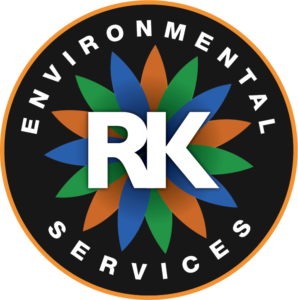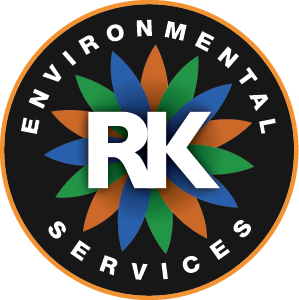Introduction to National Organic Program Compliant Pesticides
 The National Organic Program (NOP) is a USDA program. The Environmental Protection Agency’s (EPA) role is to assist USDA by assuring that USDA’s policies are implemented with regard to organic claims made by registered pesticide products.
The National Organic Program (NOP) is a USDA program. The Environmental Protection Agency’s (EPA) role is to assist USDA by assuring that USDA’s policies are implemented with regard to organic claims made by registered pesticide products.
Pesticides are regulated by the Federal Insecticide, Fungicide, and Rodenticide Act (FIFRA). FIFRA defines a pesticide as any substance or mixture of substances intended to prevent, destroy, control, repel, or mitigate any pest. That’s any substance and any pest, whether it’s an insect, weed, rodent, snail, slug, fungus, or plant-pathogenic bacteria or virus. According to the Pesticide Action Network – North America (PANNA.org)there are “More than 17,000 pesticide products are currently on the market.” Only a “select few” are authorized for use in Organic food production applications. A product with the USDA Certified Organic seal must be grown or produced with no synthetic herbicides, pesticides, or fertilizers. This means the active ingredient in the pesticide must be naturally occurring. This greatly limits the materials which can be applied to crops and facilities processing foods. These “organic compliant” usually original in some plants, as is the case with pyrethrum (pyrethins), rotenone or ryania (botanical insecticides), or minerals, such as boric acid, cryolite, or diatomaceous earth. The NOP allows certain materials as listed by the Organic Materials Review Institute (OMRI). The OMRI is an international nonprofit organization that determines which input products are allowed for use in organic production and processing. While the OMRI list may bot include all brand or common names of a pesticide, it may allow (with or without restrictions) material by active ingredient.
Some information sourced from EPA’s National Organic Program Guidance, Additional information is available from the OMRI.
Submitted by: Rich Gibson, ACE, CFSQA
The American Cockroach
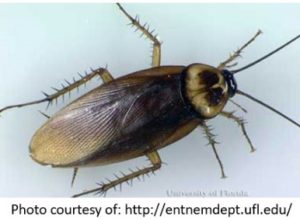
Order: Blattodea Family: Blattidae Genus: Periplaneta Species: P. americana
The American cockroach is the largest of the house-infesting roaches and a major pest in the United States. Despite its name, the American cockroach is not native to North America. Some evidence suggested that American cockroaches were introduced via ships from Africa in the early 1600s. American cockroaches are typically reddish brown with a yellowish figure 8 pattern on the back of the head and may range in size between 1 1/4” to 2 1/8” in length. American cockroaches leave behind droppings in the dim areas in which they hide. These small droppings are blunt on the ends and have ridges on the sides. They are often mistaken for mouse droppings, so proper identification is always necessary for future action. The American cockroach will produce a pheromone that some people describe as having a “musty” smell. People with sensitive noses may notice this odor in areas where the roaches are active.
Maintaining a clean facility is essential in reducing roach activity, cleaning or otherwise removing sources of attraction, harborage points, entry points and feeding locations are the best non-chemical control steps possible. If chemical control is necessary, baits and residual insecticides are the best options for chemical control and should be used after other steps of control have been exhausted, especially in a food handling facility.
Submitted by: Rich Gibson, ACE, CFSQA
Roaches in The Organic Facility
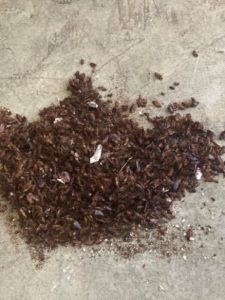
An RK Environmental Services’ (RKE) client has had ongoing concerns with American Cockroaches prior to RKE starting services. This client is certified organic, which makes the eradication of the pest a little challenging. RKE struggled to eliminate the activity with national Organic Program (NOP) compliant materials. The RKE team had gotten “things under control”, or so it seemed, then there would be an notable sudden increase in activity. The RKE team consistently attempted to conduct a fumigation of the facility, however, the cost was an investment the organization could not make at the time. Because of this factor, the team chose to implement space treatments (“fogging”) using an appropriately labeled insecticide. While space treatments is an affordable, time-tested method, it will only eradicate exposed pests as it is a contact insecticide. With the downtime needed to conduct the space treatment the date for treatment was “pushed back” several times, allowing the American Cockroaches to continue reproducing and increasing their population. With time a factor, the client’s location did not want to risk an ineffective treatment using an NOP compliant material. The appropriate risk assessment and justification was completed to complete the appropriate documents with the client’s Organic Certifier and received permission to use “non-organic” pesticides in this situation.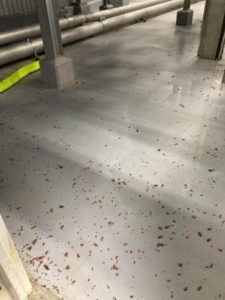
The results were even better than expected, but this location still needed a full “reset.”
The RKE Fumigation Manager visited the facility to meet with the client’s entire management team (including the owner from overseas). The RKE Fumigation Manager and the RKE regional management team were able to break down the wall and start implementing the much-needed space treatments at this facility. As of December 2022 (a full year after being able to use non-organic material), RKE has performed multiple space treatments, using multiple materials and active ingredients (to reduce resistance). The client has reported the fewest number of American Roaches in decades, and weekly service reports confirm the reduced activity. The drainage system and sewer lines have been scoped and activity was present. RKE is also performing drain cleaning services and added “Green Drains” to help mitigate the activity. Additional treatments and services are scheduled for the holiday break.
- Take Away Tips:
• Partnerships are essential in success
• Downtime is a “necessary evil”
• Conventional methods and treatments are often the best
